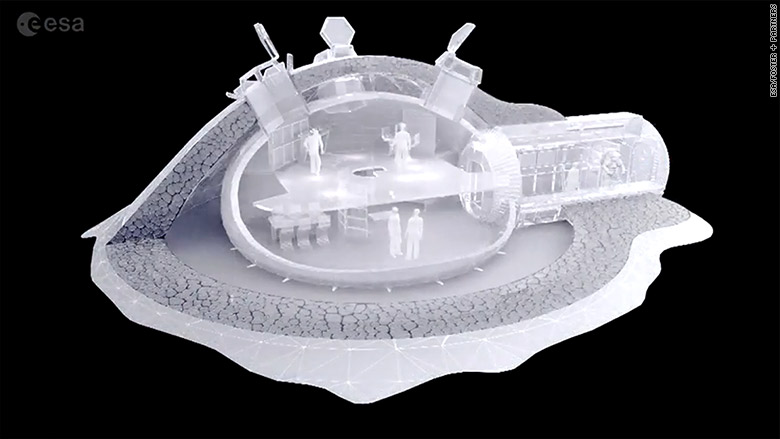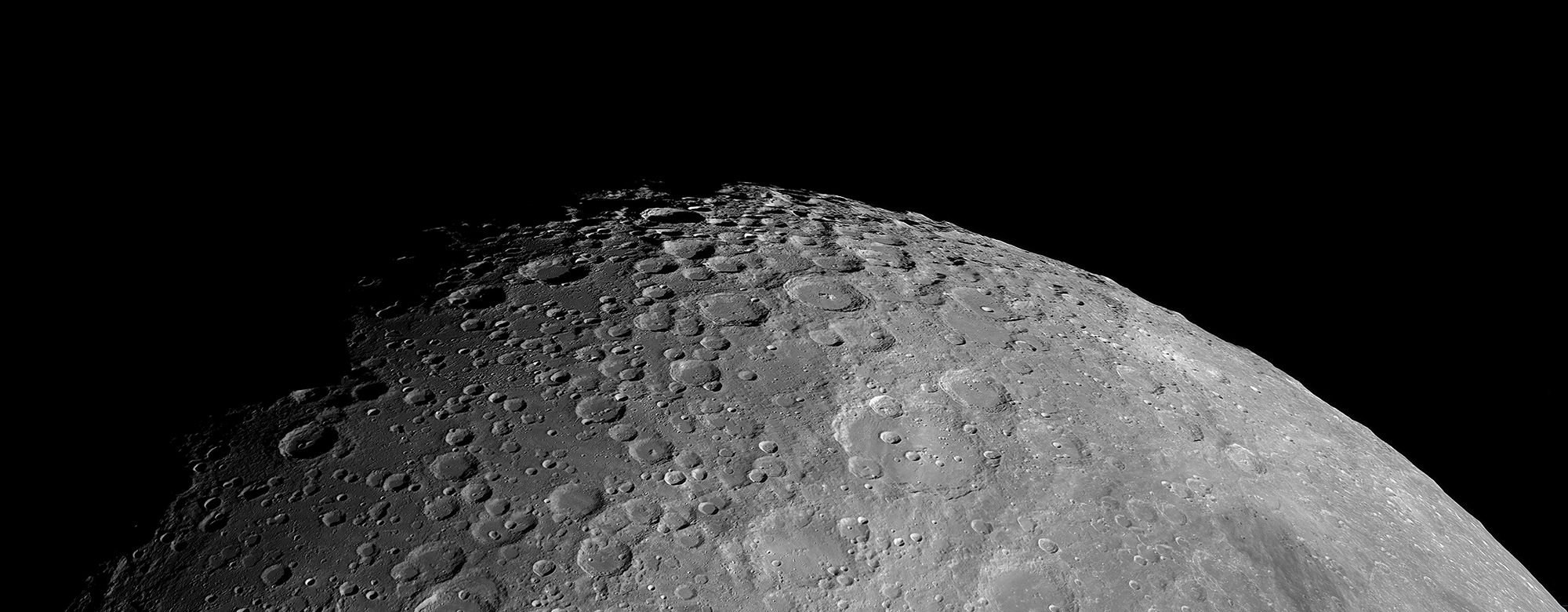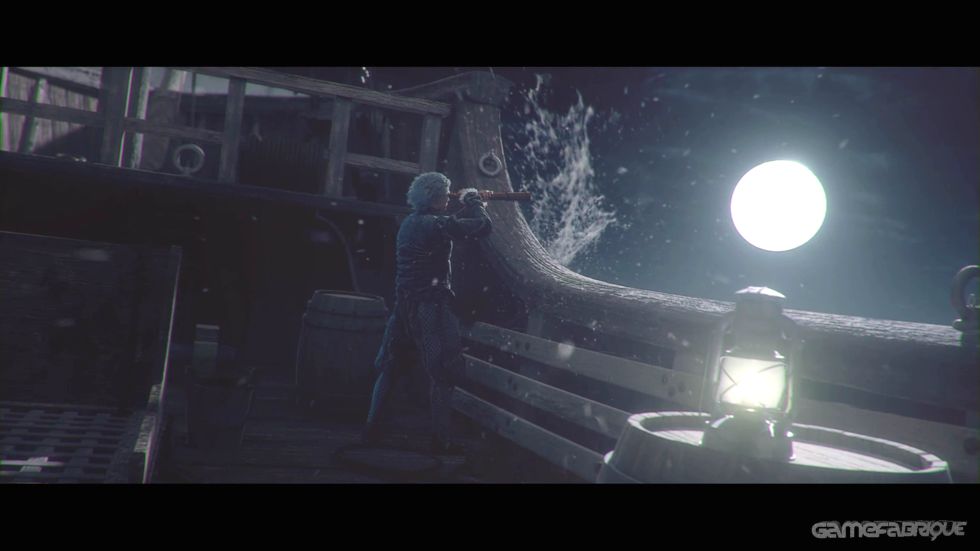


Marius- Ioan Piso, and the Moon Village Association (MVA), a non-governmental organisation based in Vienna, represented by President Dr. VIENNA, Austria (MVA PR) – On 6 February 2020, the Romanian Space Agency (ROSA), represented by ROSA President, Dr. Hoffman (professor of the practice of aerospace engineering, Department of Aeronautics and Astronautics) Valentina Sumini (postdoctoral associate, Media Lab, Responsive Environments group) Structural Engineer: Skidmore, Owings & MerrillĪcademia Partner: Massachusetts Institute of Technology. AIA, Max Haney (architectural designers) Timothy Tai (junior architectural designer) AIA (structural engineering) Laura Gonzalez, Assoc. AIA, (senior architectural designer) Georgi Petrov, AIA (structural engineering associate director) Kelsey Lange, Assoc. Gottesdiener, FAIA (managing partner) Neil Katz, AIA (architectural associate director) Daniel Inocente, Assoc. Location: South Pole–Aitken Basin, Shackleton CraterĪrchitect: Skidmore, Owings & Merrill, New York. Somehow a Moon Village is about to see the light and I would like to congratulate all those who worked on this award-winning joint study between ESA, SOM, and MIT." The moon is now the focus of many nations' space plans as well as of private initiatives.


This is the spirit of the Moon Village vision, an open concept open to multiple users for multiple utilization.
Moon village how to#
"This award shows that creativity and skills from different businesses-public and private, from space and non-space entities-can successfully work together to further our understanding on how to permanently live and work on the Moon. "At ESA, we are extremely satisfied to see this joint study with SOM and MIT to be recognized at such a high level," says ESA director general Johann-Dietrich "Jan" Wörner. “It feels not far-fetched with the research that’s gone into it.” “This was well thought out and it captured my imagination,” said juror James Garrett Jr., AIA. The meticulous planning and rapid progress of Moon Village impressed the R+D jury. If prototyping and testing proceed as anticipated, Koop says, a fully functioning module could be launched in as soon as five years. Now SOM is studying how to connect rigid components, such as airlocks and 3D-printed radiation shelters, to the inflatable shells. “In case of any obstruction, the astronauts could still move from structure to structure without exposing themselves to solar radiation by stepping outside the enclosure,” says SOM senior architectural designer Daniel Inocente, Assoc. SOM envisions the modules connecting in three-cell clusters that can expand and link diagonally to form a hexagonal network on the site, dubbed Moon Village. The envelope will also be packed with thermal insulation, radiation-blocking materials, and a liner to contain pressurized air. Multistory and amenable to many uses and configurations, the modules will be held upright by structural mesh and armored to withstand potential micrometeorite impacts. After landing, the modules will employ inflatable-shell technology to double in volume to 25,000 cubic feet (approximately equivalent to a 30-foot cube). Still in development, SOM’s proposed system of habitation modules can cram into the largest rockets currently made by SpaceX and Blue Origin.
Moon village windows#
For example, astronauts on hypothetical 500-day missions would need areas for fitness and recreation, and windows to enjoy views from the proposed 2-kilometer-square site on the rim of Shackleton crater at the moon’s South Pole, where near-continuous sunlight would be harvested to generate electricity and grow food. In 2018, Skidmore, Owings & Merrill (SOM), the European Space Agency (ESA), the MIT Media Lab, and the MIT Department of Aeronautics and Astronautics formed a collaborative research agreement-sparked by shared mutual interests-to develop a vision for a permanent human settlement on the moon’s surface.īeyond the obvious technical challenges is the human-centered design needed to make extraterrestrial living functional and tenable, notes Colin Koop, AIA, a design partner in SOM’s New York office. Space travel and exploration have fascinated generations of scientists and engineers, but architects are becoming mesmerized as well. Courtesy SOM | Slashcube GmbH View of Earth from Moon Village


 0 kommentar(er)
0 kommentar(er)
